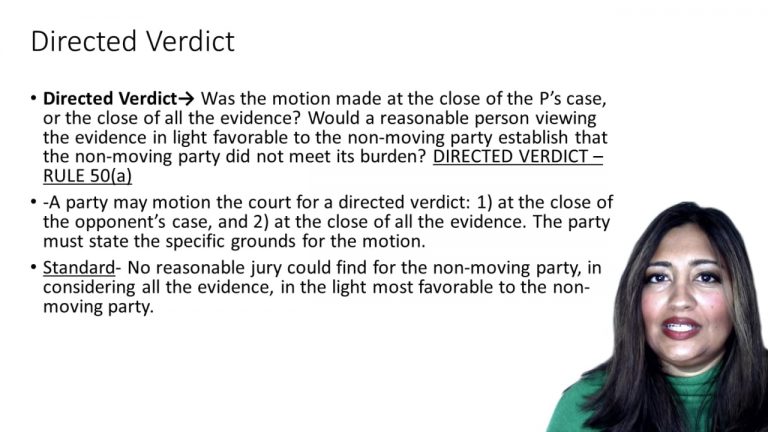SmartBrief
Confirm favorite deletion?
Civil Procedure Keyed to Babcock
Thiel v. Southern Pacific Co.
Citation:
328 U.S. 217 (1946)Facts
Plaintiff Thiel jumped out of a moving train operated by Defendant Southern Pacific. Plaintiff Theil sued Defendant Southern Pacific alleging that he was not mentally competent to board the train and that Southern Pacific should have guarded him while he was onboard. Plaintiff Thiel requested a jury trial. Once the jury was chosen Plaintiff moved to strike the entire jury because he alleged they would not be able to be impartial because they were sympathetic to business owners or affiliated with Defendant Southern Pacific. The court denied the motion. Theil renewed his motion and attempted to withdraw his jury demand, but the court again denied the motion. The jury found in favor of Defendant Southern Pacific. Plaintiff Theil filed a motion to set aside the verdict or to be granted a new trial, both of which were denied. The court of appeals affirmed and the United States Supreme Court granted certiorari on the issue of whether Plaintiff Thiel’s motion to strike the jury was properly denied.
Only StudyBuddy Pro offers the complete Case Brief Anatomy*
Access the most important case brief elements for optimal case understanding.
*Case Brief Anatomy includes: Brief Prologue, Complete Case Brief, Brief Epilogue
- The Brief Prologue provides necessary case brief introductory information and includes:
Topic:
Identifies the topic of law and where this case fits within your course outline.Parties:
Identifies the cast of characters involved in the case.Procedural Posture & History:
Shares the case history with how lower courts have ruled on the matter.Case Key Terms, Acts, Doctrines, etc.:
A case specific Legal Term Dictionary.Case Doctrines, Acts, Statutes, Amendments and Treatises:
Identifies and Defines Legal Authority used in this case.
- The Case Brief is the complete case summarized and authored in the traditional Law School I.R.A.C. format. The Pro case brief includes:
Brief Facts:
A Synopsis of the Facts of the case.Rule of Law:
Identifies the Legal Principle the Court used in deciding the case.Facts:
What are the factual circumstances that gave rise to the civil or criminal case? What is the relationship of the Parties that are involved in the case.Issue(s):
Lists the Questions of Law that are raised by the Facts of the case.Holding:
Shares the Court's answer to the legal questions raised in the issue.Concurring / Dissenting Opinions:
Includes valuable concurring or dissenting opinions and their key points.Reasoning and Analysis:
Identifies the chain of argument(s) which led the judges to rule as they did.
- The Brief Prologue closes the case brief with important forward-looking discussion and includes:
Policy:
Identifies the Policy if any that has been established by the case.Court Direction:
Shares where the Court went from here for this case.

 2m 14s
2m 14s